We offer a wide range of services for that fresh look, or just maintenance or updates to keep your home functioning and safe. Regardless of the size of the job, we have a craftsman that can tackle it. We offer a wide range of services for that fresh look, or just maintenance or updates to keep your home functioning and safe. Regardless of the size of the job, we have a craftsman that can tackle it.
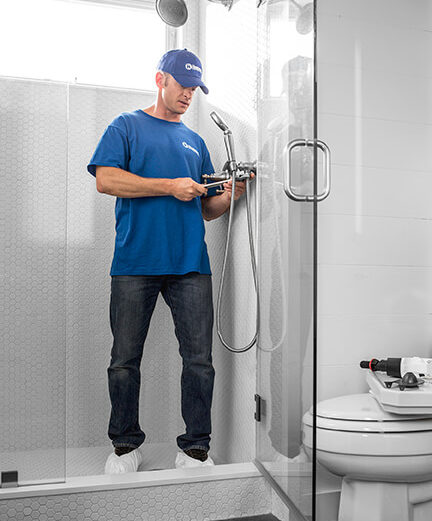
Painting / September 13, 2025
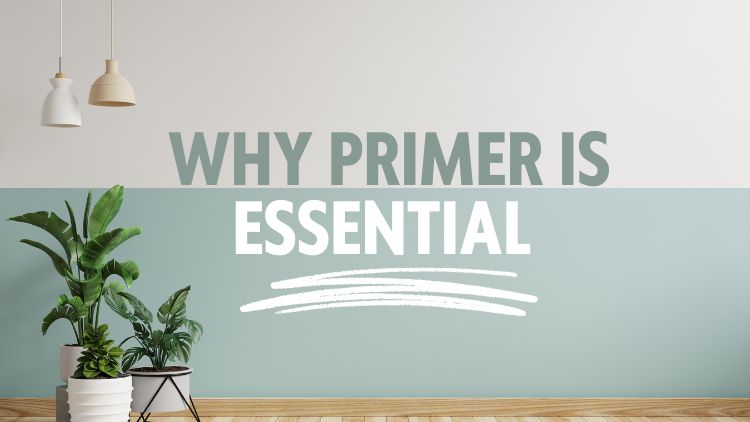
Getting ready for a painting project can be exciting, whether you’re refreshing a single room or updating your entire home.
But when it comes to achieving a professional, long-lasting finish, one question always comes up—should you use a primer before painting? The short answer? Yes, you absolutely should.
Using a primer isn’t just an extra step; it’s the secret to a flawless paint job. Primer helps create a smooth surface, makes the paint stick better, and ensures your colours shine.
At Handyman Connection in Etobicoke, we know that skipping this step can lead to streaks, uneven coverage, and paint that peels in no time. That’s why we include a high-quality primer in all our painting projects. With proper preparation and our expertise, you’ll enjoy vibrant, even walls that stand the test of time.
Still wondering what makes primer so important? Below, we’ll walk through critical primer before painting tips, explain the key benefits of using paint primer, and explore the steps in a solid painting preparation guide.
If you want spectacular results, here’s why primer is your best friend—and why Handyman Connection makes sure it’s always included.
Why Primer is Essential
Painting is more than adding colour to a wall—it requires preparation to ensure the paint looks smooth and lasts for years. Primer is the foundation of any successful project, and here’s why:
If you want professional results (and who doesn’t?), skipping primer is never an option. This is one reason our team takes the preparation stage seriously. By using the right primer for your walls, we help you achieve a clean, lasting finish every time.
When Do You Need to Use Primer?
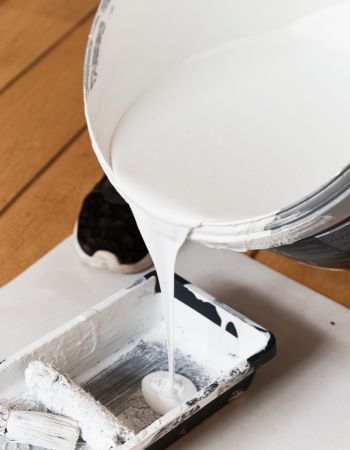
While primer is highly recommended for most projects, there are specific cases where it’s absolutely essential. Here are a few examples:
That’s why we evaluate the needs of your space before starting any painting project. Whether you’re dealing with stained walls, tough surfaces, or new drywall, we select the right primer for the job.
Our Step-by-Step Preparation Guide
It isn’t just about slapping paint on walls. Preparation lays the groundwork for a professional finish. Here’s how we handle the prep at Handyman Connection—starting with primer application.
Inspect and Clean the Walls
Before starting, we assess the condition of your walls. Are there stains? Cracks? Chips? Cleaning and repairing the surface ensures the primer and paint stick evenly. We also remove any dust, grease, or cobwebs that could interfere with the primer. A clean surface is the first step to making sure the paint looks smooth and professional.
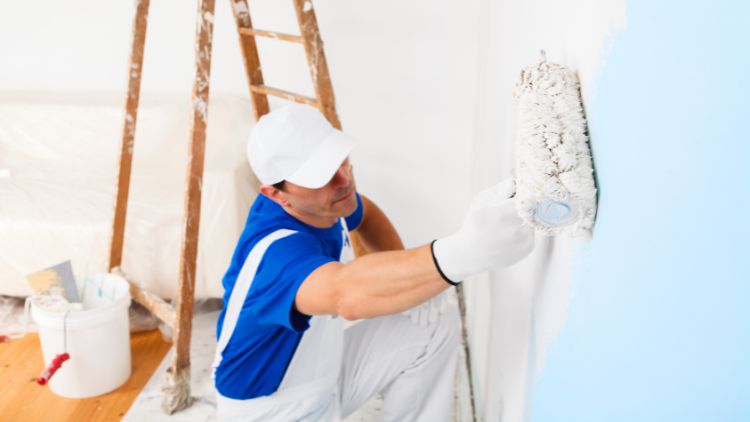
Patch and Sand
Imperfections like holes or bumps can ruin a paint job. That’s why we take the time to patch any damage and sand the walls for a smooth finish. Filling in cracks and dents helps create a level surface for the primer to adhere to. Sanding also removes rough spots, making the walls feel smooth to the touch and ready for painting.
Choose the Right Primer
Different surfaces call for different primers. From oil-based primers to stain-blocking ones, we pick the ideal product for your walls to guarantee a solid base. For example, glossy surfaces need a primer that improves adhesion, while stained walls require a primer that blocks discolouration. Choosing the right primer ensures the paint will stick properly and look its best.
Apply Primer Evenly
Primer is carefully rolled or brushed onto the walls in a thin, even layer. This is one area where precision matters. Uneven primer can lead to blotchy paint, so we make sure every inch of the wall is covered. Our team takes the time to avoid drips and streaks, ensuring a smooth foundation for the paint.
Wait and Reassess
Primer requires time to dry fully. Once dry, we inspect the surface again for any issues before applying paint. This step helps us catch any missed spots or imperfections that need attention. By reassessing, we make sure the walls are perfectly prepped for a flawless finish.
By following this meticulous process, we make sure your walls look stunning and that your paint stands up to wear over time.
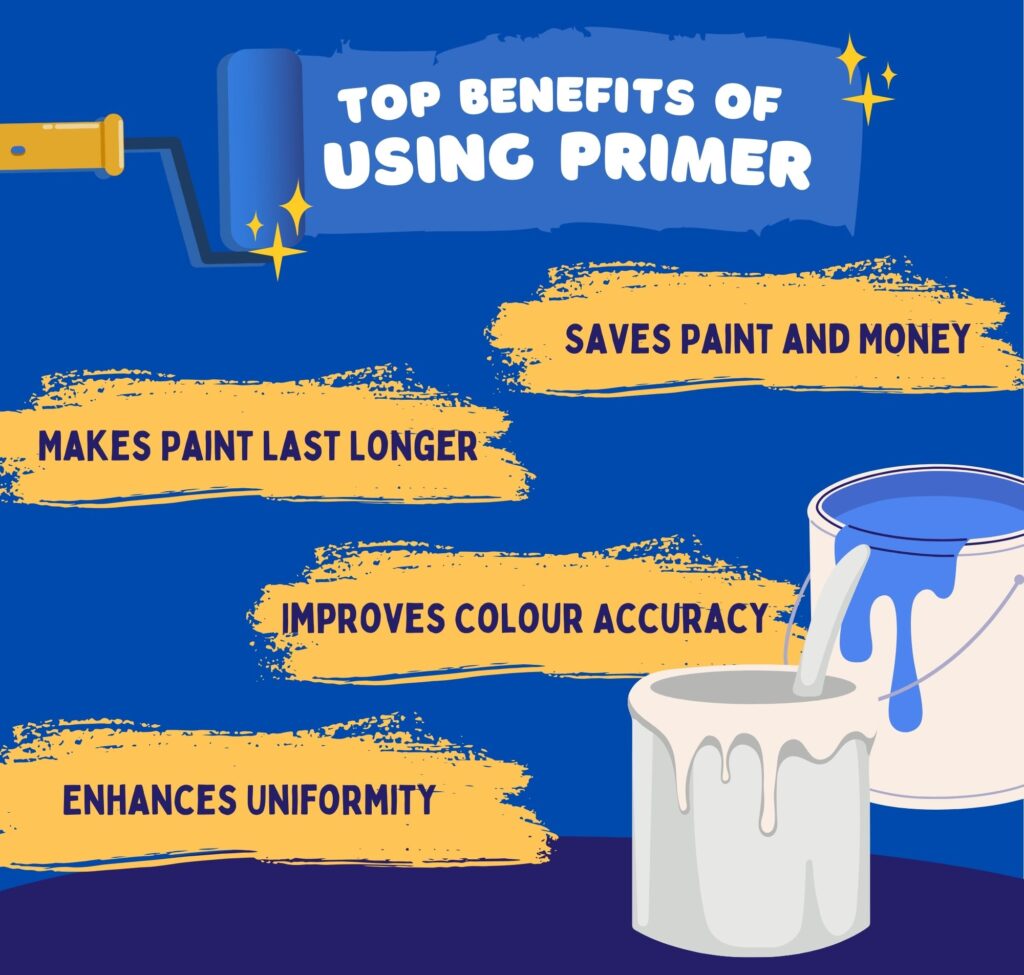
Top Benefits of Using Primer
If you’re still on the fence about primer, here’s a closer look at what it does for your space:
These are results you’ll notice right away. From the moment we start applying paint, you’ll see the professional difference that care, skill, and the right products make.
Expert Primer Before Painting Tips from Handyman Connection
We’ve learned a lot about painting through years of experience, and here are some key primer before painting tips to keep in mind when getting your project started:
When you hire professionals like us, you don’t have to worry about getting these details perfect. We know exactly how to prep your walls, select the right primer, and apply it with care. We’ll focus on the hard parts so you can enjoy the end result.
Make Your Walls Shine—Get Started with Handyman Connection
When it comes to painting your walls, using primer is a step you simply can’t afford to skip. It’s the key to a smooth, vibrant, long-lasting paint job. Whether you’ve been battling tough stains, switching to a brighter colour, or dealing with uneven walls, primer tackles those issues and ensures your paint job looks polished.
At Handyman Connection in Etobicoke, we follow a detailed painting preparation guide that includes expert primer before painting tips and the use of professional-grade products. The benefits of using paint primer are clear—it saves time, improves durability, and makes your walls look amazing. Thinking about giving your space a fresh coat? Trust us to handle the hard work.
Transform your home with the help of our painting services. Contact us today to request an estimate and see how we can bring your project to life!